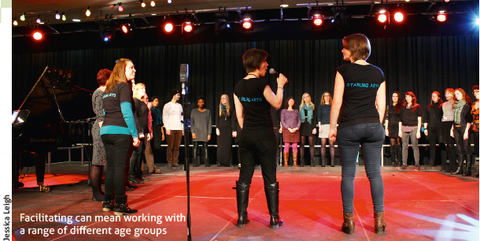
Interactive whiteboards
£3.45
Early in my teaching career I had a colleague named Mick Smith. A mature entrant to teaching, he soon became noticeable more for his frequent absences rather than his outstanding pedagogical practice. We referred to him as ‘Sick Myth’. The reason for his absences was a novel one: he was allergic to chalk dust. I believe he was eventually paid off.
How different it would be nowadays. ‘Allergic to chalk dust, Mr Myth … er … Smith? No problem. We shall fit an Interactive Whiteboard (IWB) in your room.’ Many teachers now have an IWB in their teaching space. In fact, 100,000 were sold in 2005 in the UK. Sales then fell by about 10,000 per year to the 2010 nadir of 51,000. Projected sales (no pun intended) for 2011 are 55,000 with a steady growth rate for the next few years (source: Futuresource Consulting). However, there seems to be a pecking order for fitting them – maths and science first, closely followed by humanities and English, then modern languages and music, followed by … oops, we’ve run out of money. Well, you don’t really need one in drama or PE, do you?
There seem to be four teacher attitudes to IWBs: I have one and I love it; I have one but I don’t use it; I don’t have one and I don’t want one; I don’t have one but I’d like one. So, depending on which camp you’re in, let’s have a look at what an IWB can do for you.




